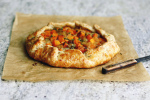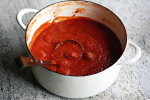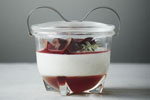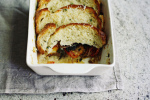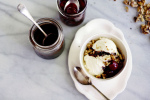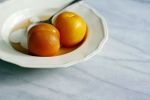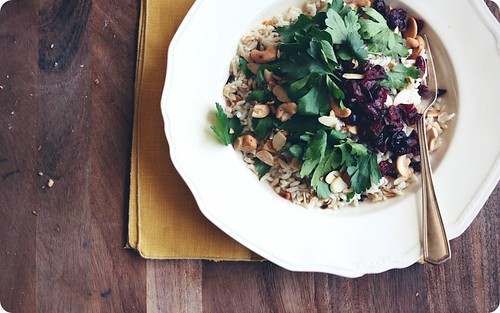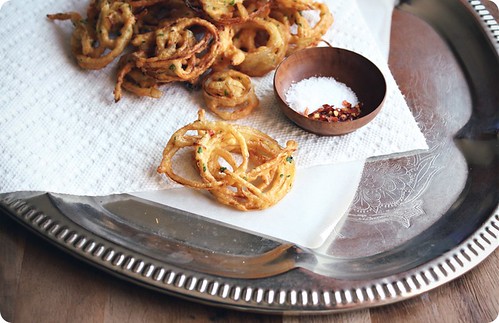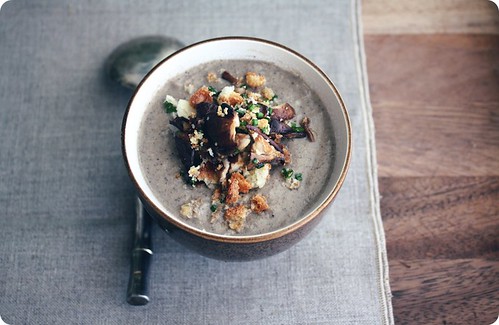Ebb and flow
 Friday, April 9, 2010 at 3:34PM
Friday, April 9, 2010 at 3:34PM The days of these weeks have washed over us like waves; we've been carried on their highs and lows, along their ebb and flow.
We've followed the constant movement of the current, and kept our heads above water. Buoyed by a raft of bread, no doubt.
That last bit was probably only funny to members of my family, as in the midst of all of this, my island refuge has been the kitchen and my conveyance out of the deep has been bread.
Lots of bread. Oh, the bread there's been. Breads both sweet and savoury. Bread to eat, to share, to pack up and send out into the world.
To pick the candidate for our bread-boating excursion, I'd would most certainly choose the Pane Integrale from Jim Lahey. It is a bread flour and whole wheat incarnation of his famed No-Knead Method, a recipe I'm sure familiar to many of you, but I'll offer a refresher just in case.
Most often, baking bread sets the pace for our hours; it is in the time between the kneading and the shaping and the baking, that the rest the day takes place. There is a schedule to be kept and yeasted breads often benefit from your rapt attention. They are enlivened by your efforts, requiring your labour to turn boggy dough into a sprightly loaf.
But this bread, however, is another sort of bread. It is a bread that asks for very little of its maker, only a warm spot to reside for a day. There's a quiet companionship of that bowl upon the counter, its presence made ever the more gratifying when that bowl is a glass one and you can observe the metamorphosis of flour, water and yeast inside. For in that day, a slump of dough transforms itself into a billowing sponge that's double the size of what it was to begin.
After that, a quick shaping and another rest. A few more hours now, while a cast-iron pot (with lid) preheats in a blistering oven. Dough goes in, lid goes on. And then, while unobserved, is when magic to this trick becomes evident; the dough goes swelled and bronzed, gently arched on its top and deliciously-scorched underneath. When the lid is lifted, you're met with steam touched with smoke and the heady scent of baking bread. Like I said, magic.
Out of the pot and on the counter the bread snaps, crackles and pops as it cools. Lahey calls this auditory phenomena of exterior and interior settling as singing, and I'm pretty fond of that thought.
When the tune finally ends, you are left with a bread with a chewy crust and a crumb full of pockets to hold lots of butter. Or to dunk into soup. Or to smear with chèvre and honey.
As a meal upon the water or the raft upon which you float, and through calm or choppy seas, some good bread is often just what you need. Smooth sailing to you, friends.
I'd forgotten until now, that they boys have a book where in the pivotal scene, the characters set out for a new world on sailboats made from sandwiches. Thanks for the inspiration, Ms. Barrett.
Pane Integrale
A no knead crusty boule using whole wheat flour, from Jim Lahey's book My Bread.
* * * * * * *
It happens that I'm also talking about bread, soft and squishy sandwich bread in particular, in the latest issue of UPPERCASE magazine. You can find it here, if you'd like.
 bread,
bread,  jim lahey,
jim lahey,  my bread,
my bread,  no knead bread,
no knead bread,  recipe,
recipe,  whole wheat
whole wheat 

